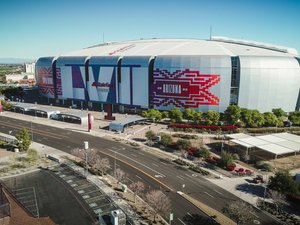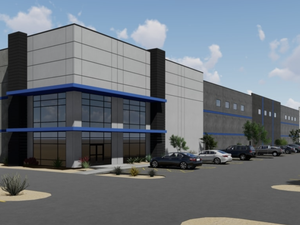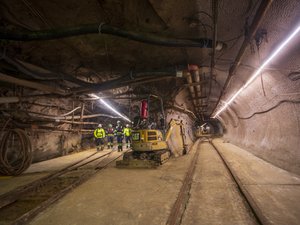
The number of jobs in Arizona’s technology sector increased by the third-highest growth percentage in the Southwest during the third quarter of 2023, but related job postings in the state are at a five-year low, according to an Arizona Technology Council study released Jan. 17.
The ATC’s Q3 Arizona Technology Industry Impact Report — using data from Lightcast analyzing the most recent quarterly information from the U.S. Bureau of Labor Statistics — found tech job growth was up 3.78% during the third quarter of 2023 over the same period a year earlier. That figure translates to a total of 222,017 tech industry jobs in the Grand Canyon State in Q3.
The job growth rate trailed only Nevada’s 4.9% and Utah’s 4.3% in the five-state Southwest region that also includes Texas and California.
Though job numbers were up, the report also found that the state’s 16,500 job postings amounted to the lowest in the ATC’s five-year dataset, indicating that Arizona is feeling the same pinch that states across the nation are, the council said.
Between November 2018 and the start of 2023, tech job postings never dipped below the 25,000 mark. But by February 2023 they were down to just over 22,400. They rebounded a bit into the summer before slumping again to the five-year low.
Honeywell, Raytheon boost tech job market
Two companies in particular — Honeywell and Raytheon — have buoyed the tech jobs market in Arizona. They were leaders for tech hiring, with prior 30-day job postings up 60% and 21%, respectively. Each had around 500 postings at last count. Honeywell Aerospace (Nasdaq: HON) is based in Phoenix, while Raytheon — a division of RTX (NYSE: RTX) — has its missiles and defense division in Tucson.
Back in December, Raytheon opened a new office at the University of Arizona Tech Park at the Bridges in Tucson, where it expects to create 100 jobs. The company also earlier last year announced an engineering design hub at SkySong, The Arizona State University Scottsdale Innovation Center, that will employ 150 people.
The ATC highlighted semiconductor giants Taiwan Semiconductor Manufacturing Co., whose massive chip factory is under construction in north Phoenix, and Intel, which is undergoing a $20 billion expansion at its Ocotillo campus in Chandler. Those two projects, along with the suppliers that are coming to the state to support them, are bringing “explosive growth” to the industry in the state, ATC said.
“Arizona’s technology labor market is certainly experiencing a similar slow down as the rest of the nation, but we are encouraged by the fact that our defense, computing, software and semiconductor industries remain very strong,” said Steve Zylstra, president and CEO of the Arizona Technology Council and SciTech Institute, in a statement. “Our technology ecosystem remains stable and strong due to our incredible legacy sectors and continued investment from major organizations across subsectors.”

The state’s leading tech jobs are in computer systems design services (22,661 jobs), semiconductor and related device manufacturing (22,251 jobs), custom computer programming services (18,611 jobs), guided missile and space vehicle manufacturing (16,109 jobs), data services (13,303 jobs) and software publishing (11,488 jobs), according to the report.
Those and all other tech industry careers have accounted for nearly $30 billion in earnings in Arizona, with a 12-month earnings growth of 9.4%, the ATC said.
The report also considered diversity in the state’s tech workforce, finding the largest racial demographics to be white (57%), Asian (25.1%) and Hispanic (11.7%).
The workforce’s gender breakdown in 2023 was about 70% male and 30% female — and those figures have been roughly the same for the past couple of decades, the report shows. Occupations with the greatest female representation include data scientists (46% female), UX web designers (39%), data analysts (38% female) and database administrators (38% female).











